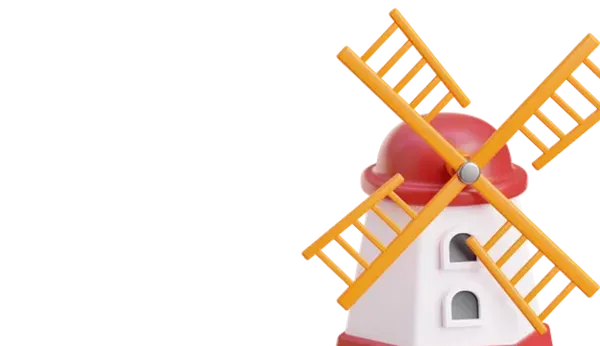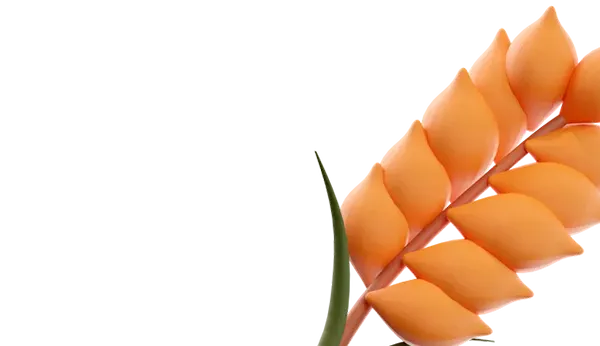For the first time in the history of international research conducted by the Institute of Evolutionary Biology (IBE), a joint center of the Consejo Superior de Investigaciones Científicas (CSIC) and Pompeu Fabra University (UPF), together with the Barcelona Botanical Institute (IBB, CSIC-CMCNB), a species of flesh fly (family Calliphoridae) has been discovered, whose larvae penetrate the colonies of termite harvesters for their comfortable existence.
The discovery, published in the journal Current Biology, was made in the Anti-Atlas Mountains in southern Morocco, revealing unique morphological and chemical adaptations. This study helps to better understand the evolution of flies and the adaptations of species associated with termites.
"This was a random discovery. In our research group, we mainly study butterflies and ants. But due to heavy rain, we couldn't find butterflies, so we looked for ants. And when we lifted a stone, we found a termite mound with three fly larvae that we had never seen before. Perhaps the water flooded the deep layers of the nest, and the larvae came to the surface. We thought it was a rare species because we conducted three more expeditions in the area and did not find any flies, except for two flies found in another termite mound," said Roger Vila, a researcher at IBE who led the study.
The team described the morphological adaptations of this species of flesh fly. The larvae of this calliphorid have developed a unique camouflage that helps them penetrate termite mounds.
On the hind part of the larvae's body, there is a "termite mask": a non-functional "head" with antennae and palps of the same size as those of a large harvester termite. They also have two false eyes, which are the larva's respiratory openings.
"Most termites live several meters underground and do not have the ability to see. But harvester termites come out at dusk to collect grass, so they have eyes that the larvae can mimic with their respiratory openings," Vila explains.
The larvae also have unusual "palps" around their body, closely mimicking the antennae of the termites. This was demonstrated using scanning electron microscopy. The multitude of palps surrounding the larvae's body facilitates communication with multiple termites simultaneously.
The larvae also deceive with the scent of their siblings. Inside the termite nest, termites recognize each other by scent, using their antennae to detect the shape and smell of their brothers and sisters. All nest members share this scent, and termite soldiers attack any foreign guests from other colonies. However, these larvae also manage to mimic the distinct smell of their hosts.
"We quantitatively analyzed the chemical composition of these larvae, and the results were astonishing: they are indistinguishable from the termites in the colony where they live; they smell exactly the same. Additionally, the larvae and termites in the same colony have slight differences in their chemical profile, which distinguishes them from other termite mounds. This scent is key to interacting with termites and benefiting from coexistence. It's chemical mimicry," Vila explains.
When the team discovered the larvae in Morocco, they occupied the food chambers of the termite nest. Maintaining conditions in the laboratory, scientists noticed that the fly larvae prefer to settle in the most densely populated areas of the nest, where they receive constant attention from termites that clean them with their mouthparts.
Although the team could not determine what these larvae eat, they observed behavior resembling trophallaxis (i.e., food transfer from mouth to mouth). "The larvae are not only tolerated but are in constant contact with the termites, using their antennae-like palps. It seems that the termites even feed these larvae, although this has not yet been sufficiently proven," Vila explains.
The team notes the difficulty of maintaining these insects in the laboratory due to the need to sustain colonies of desert termites in specific conditions.
"The larvae we studied ultimately died without undergoing metamorphosis. Therefore, there are elements of nest and symbiotic relationships between termites and flies that we could not recreate in the laboratory. Their diet is currently unknown, and the adult form remains a mystery," adds Vila.
The relationship between flesh fly larvae and termites apparently represents a form of social parasitism or symbiosis. The closest analogy found was in beetles. However, in beetles, this concerns adult individuals, not larvae that mimic termites, making it an example of independent evolution of relationships with termites, called termitophily.
"The common ancestor of flesh flies and beetles lived over 150 million years ago, much longer than the time separating humans and mice. Therefore, we are confident that we have discovered a new case of social integration evolution," Vila explains.
The team used phylogenetic studies to show that the discovered fly belongs to the genus Rhyncomya. Since none of the known species of this genus have the unusual lifestyle or unique morphology characteristic of the recently discovered fly, the study suggests that this new species must have evolved very rapidly.
"This discovery forces us to reconsider the limits and potential of symbiotic relationships and social parasitism in nature. But above all, we must understand how much we still do not know about the inexhaustible diversity and specialization of insects, which are key organisms in ecosystems," Vila concludes.
This international research was the result of joint efforts by the Institute of Evolutionary Biology (IBE) and the Barcelona Botanical Institute (IBB, CSIC-CMCNB) in Barcelona, as well as the University of Florence in Italy, the University of Minnesota, the University of North Carolina in the USA, and the Natural History Museum of Denmark.

 Trading platform
Trading platform 
 Monitoring
Monitoring  Express applications
Express applications 
 Fork Work
Fork Work 
 Service
Service  News
News  Directory
Directory 













